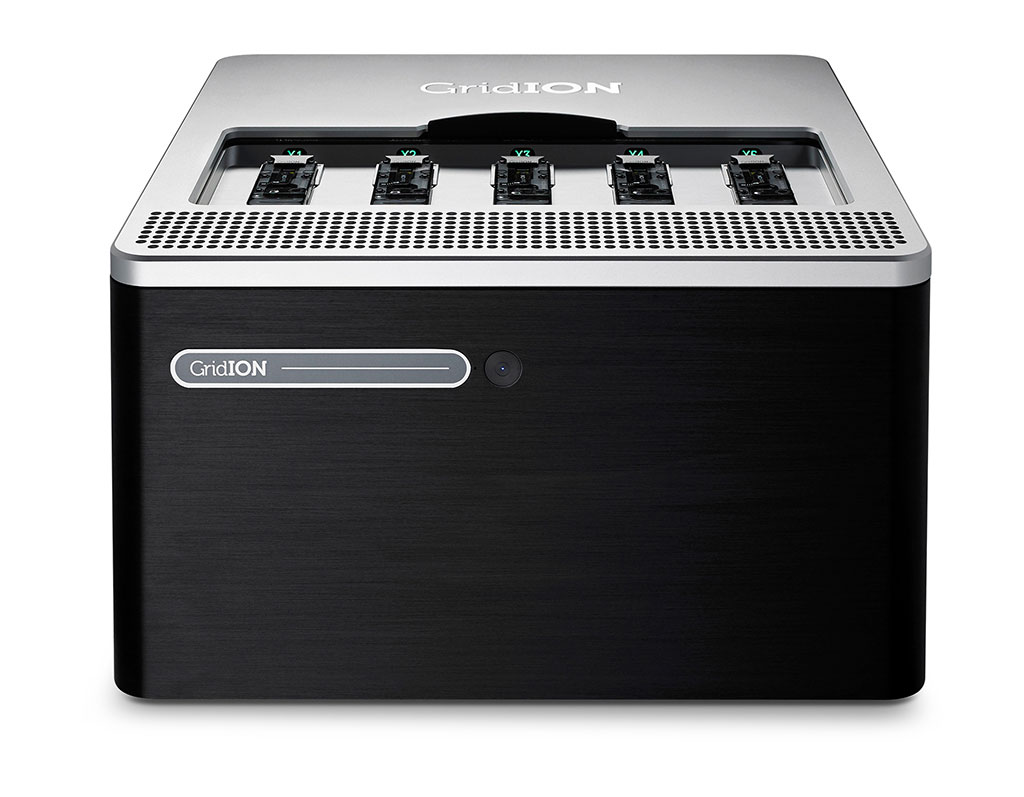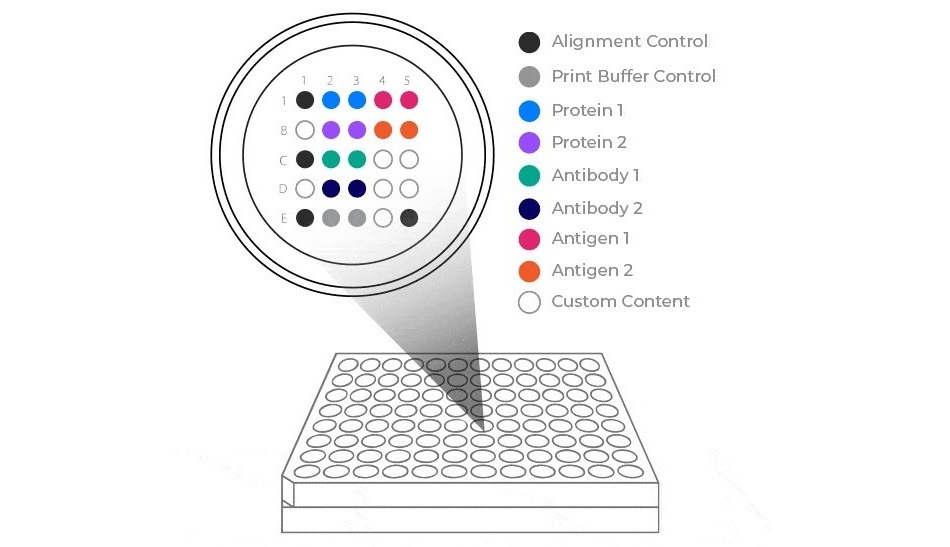Tuberculosis Pathogen Dynamics Detected With Nanopore Sequencing
Posted on 26 Dec 2022
Mycobacterium tuberculosis whole-genome sequencing (WGS) has been widely used for genotypic drug susceptibility testing (DST) and outbreak investigation. For both applications, Illumina technology is used by most public health laboratories.
Per-base sequencing accuracy is extremely high, making WGS technology an attractive tool for both genotypic resistance prediction and for surveillance, whereby just a few erroneous basecalls can be the difference between triggering public health interventions or not.

Molecular Biologists at the European Molecular Biology Laboratory (Hinxton, UK) and their colleagues analyzed 151 M. tuberculosis isolates from Madagascar, South Africa, and England, which were collected between 2011 and 2018, using phenotypic DST and matched Illumina and Nanopore data. Illumina sequencing was done with the MiSeq, HiSeq 2500, or NextSeq500 platforms (Illumina, San Diego, CA, USA) and Nanopore sequencing was done on the MinION or GridION platforms (Oxford Nanopore Technologies, Oxford Science Park, UK).
Along with drug sensitivity testing on the isolates, the scientists put together high-quality PacBio-based assemblies for a subset of the isolates. They reported that the Nanopore BCFtools pipeline identified SNPs with a median precision of 99.3% and recall of 90.2% compared with a precision of 99.6% and recall of 91·9% using the Illumina COMPASS pipeline. Using a threshold of 12 SNPs for putative transmission clusters, Illumina identified 98 isolates as unrelated and 53 as belonging to 19 distinct clusters.
Nanopore reproduced 15 out of 19 clusters perfectly; two clusters were merged into one cluster, one cluster had a single sample missing, and one cluster had an additional sample adjoined. Illumina-based clusters were also closely replicated using a five SNP threshold and clustering accuracy was maintained using mixed Illumina and Nanopore datasets. Genotyping resistance variants with Nanopore was highly concordant with Illumina, having zero discordant SNPs across more than 3,000 SNPs and four insertions or deletions (indels), across 60 000 indels.
The authors concluded that Illumina and Nanopore technologies can be used independently or together by public health laboratories performing M. tuberculosis genotypic DST and outbreak investigations. As a result, clinical and public health institutions making decisions on which sequencing technology to adopt for tuberculosis can base the choice on cost (which varies by country), batching, and turnaround time. The study was published on December 19, 2022 in the journal The Lancet Microbe.
Related Links:
European Molecular Biology Laboratory
Illumina
Oxford Nanopore Technologies







 assay.jpg)





